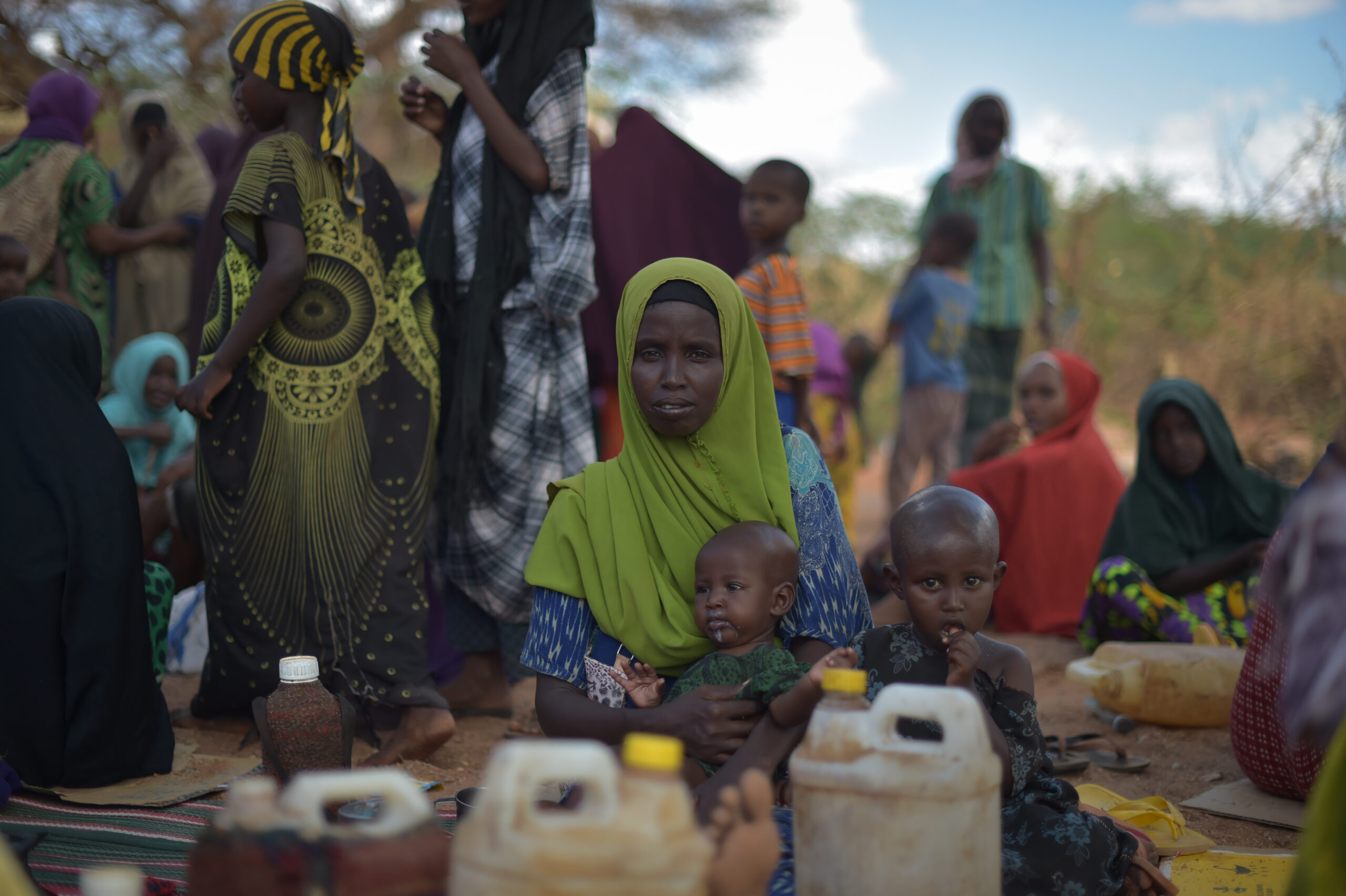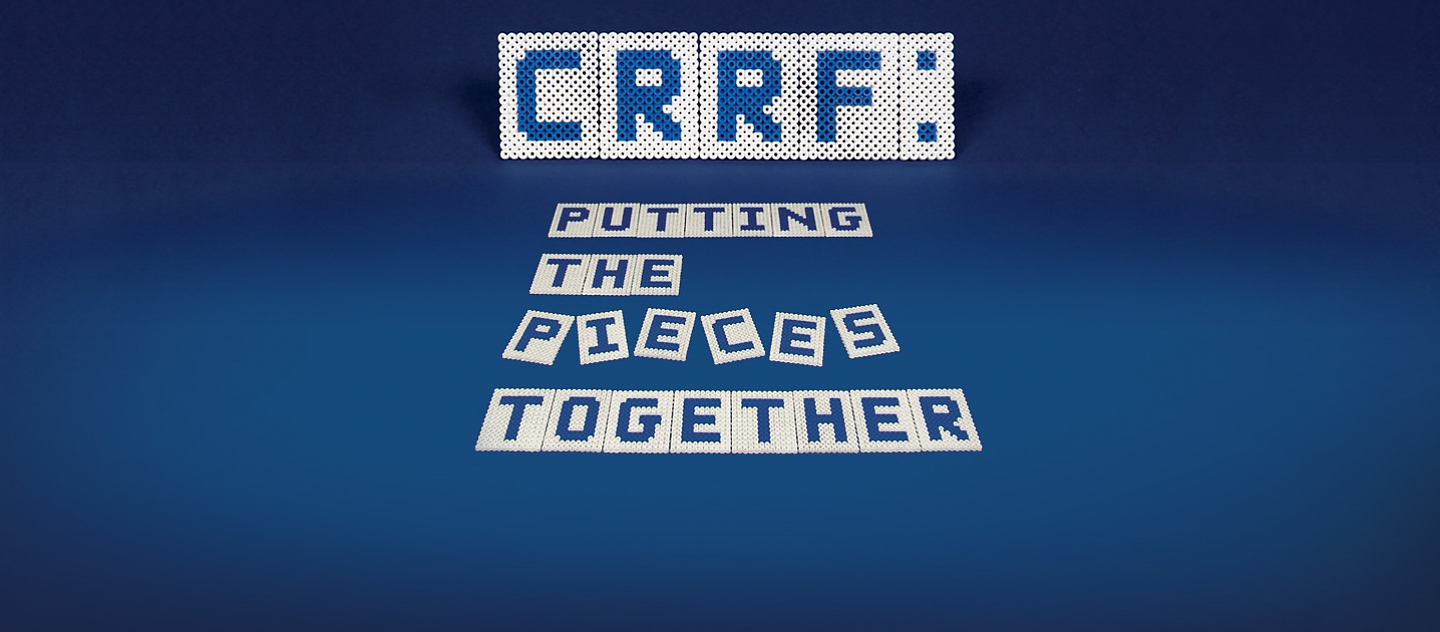The aspiration survey seeks to examine the multiple dimensions of vulnerabilities and sense of belonging among IDPs in four major Somali cities, through disaggregated data comparing with host communities and focusing on access to jobs, safety, social cohesion, housing and forced eviction. The analysis compares different groups of IDPs (those living in and out of settlements, displaced by conflict and climate-related reasons, in male and female-headed households, recently displaced and in protracted displacement, displaced once and multiple times), as well as host and non-host communities in urban areas. This information provides a more comprehensive picture of displacement-related impacts and dynamics with the aim to better inform area-based durable solutions programing.
The objectives are to better understand:
- The aspirations, intentions, and push and pull factors of displacement-affected communities
- Underlying issues that influence processes of displacement, return, and (re)integration
- Factors that shape the decisions of people to move and the impact on the wider community.
Methodology
It applies a mixed methodology consisting of structured quantitative household interviews and semi structured focus group discussions (FGDs) in each of the target locations. The target sample size for the household level interviews in each location is 500 households, with a total of 2,010 households (658 host community and 1,352 displaced households) surveyed between June and September 2019. All households participated in an in-depth quantitative phone interview to create a baseline household survey. In total, 60 FGDs were conducted with participants from both host community and displaced households. Survey group leaders (selected from groups of ten households) also provided key informant interviews (KIIs) on a monthly basis during data collection. The qualitative information from the FGD and KIIs were used to inform the analysis of the household survey findings. The survey will be undertaken on an annual basis for the next 3 years to listen to displacement affected communities’ overtime to have better data to inform better targeting and programming.
2019/ 2020 report
This is the 1st report of an annual series. The report presents a comparative analysis of data collected from the first baseline of the ReDSS annual aspirations survey conducted in Somalia from June to December 2019 in four locations: Baidoa, Dollow, Kismayo and Mogadishu. It was commissioned by the Regional Durable Solutions Secretariat (ReDSS), in partnership with the Danwadaag Solutions Programme, Durable Solutions Programme (DSP) and RE-INTEG consortia partners. It was conducted by IMPACT Initiatives. Click here for the full report and executive summary and the links below to access the specific thematic summary extracts:
Acknowledgments
ReDSS and the research team would especially like to thank representatives of the Somali government at federal level – in particular the colleagues at the Directorate of National Statistics within Ministry of Planning, Investment and Economic Development (MoPIED) – and member states level, the members of the Technical Advisory Committee UN Resident Coordinator Office (UNRCO), Somalia Camp Coordination and Camp Management (CCCM) Cluster, International Organization for Migration (IOM), Danish Refugee Council (DRC), Building Resilient Communities in Somalia (BRCiS), Samuel Hall, Africas Voices Foundation (AVF), Monitoring and Evaluation for the Somalia Humanitarian, Health and Resilience Programmes of DFID (MESH), World Bank, Gargaar Relief and Development Organization (GREDO). Most importantly, ReDSS would also like to thank the internally displaced persons, returnees and host community members in Baidoa, Dollow, Kismayo and Mogadishu, who provided information and shared their experiences. The report was edited by Kate McGuinness and the financial support provided from DFID, Danida and the EU.



